INTRODUCTION
ISF is a multi-national body which host the world’s greatest small-sided football competitions. This includes an annual calendar of world championships, continental championships and champion’s league events.
ISF matches and competitions may take the form of 5, 6 or 7 players per side, indoor or outdoor competition and may be played by national or club teams. These generic rules have therefore been created to cover all formats of the game and should be used as a guideline. Suggested variations have been incorporated within this document in order to cover the various forms of the game.
Specific tournament rules shall be published for each competition operated by ISF according to that particular event’s requirements.
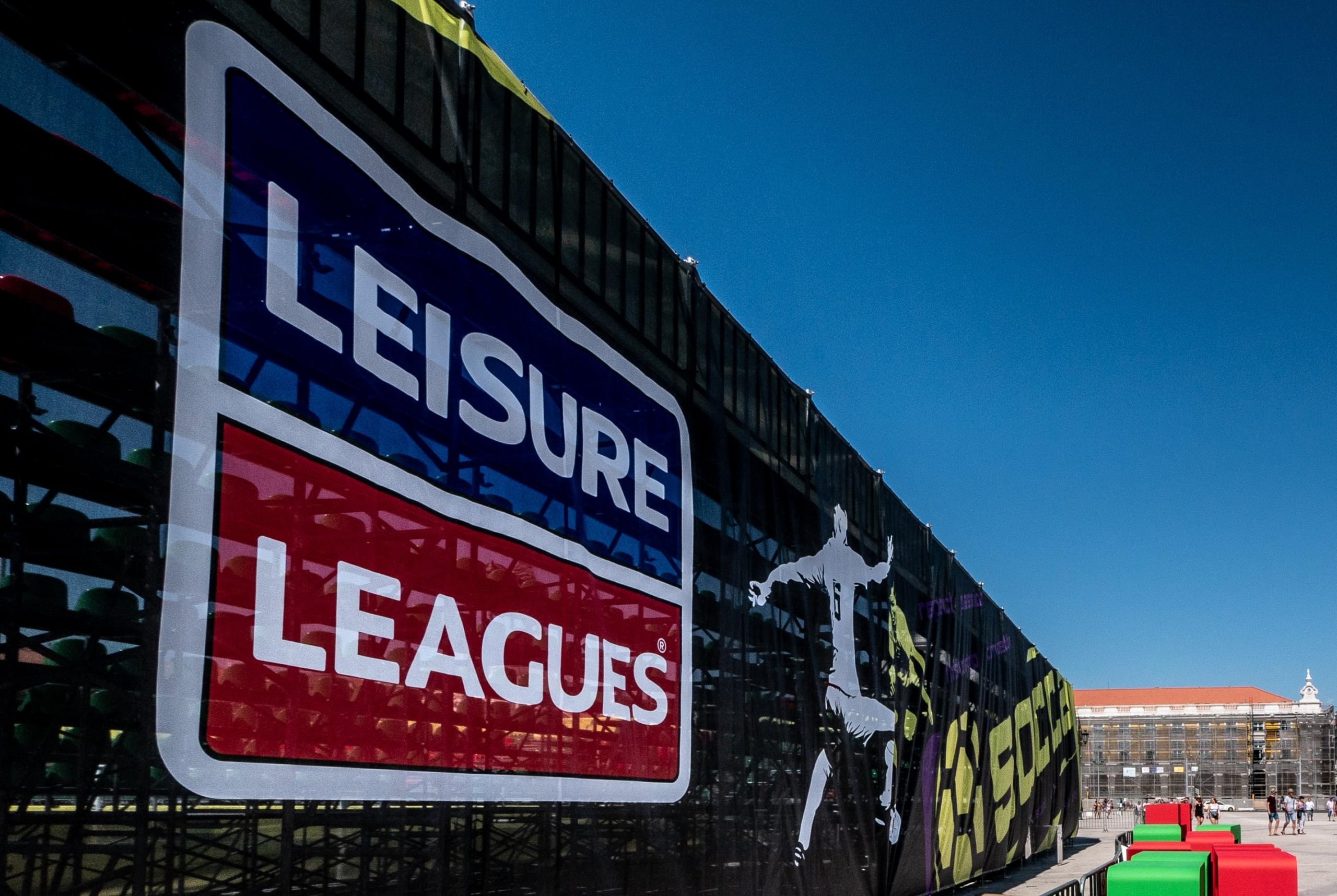
1. Membership of the ISF
1.1 A country is not a member of the ISF until they have paid their membership fee. The ISF reserves its right to allow any organisation from any country to pay the membership fee for their country and to become the exclusive ISF member. Membership is offered on a one year fixed term (1st January – 31st December) and awarded on a first come, first served basis.
2. Entry to ISF Competitions
2.1 Entry to ISF national team competitions is decided by:
- Earliest payment date of ISF Membership fee.
- ISF executive discretion
- World Ranking standings
In the case of confederations allocation, this is based upon the earliest payment date of the confederation license fee.
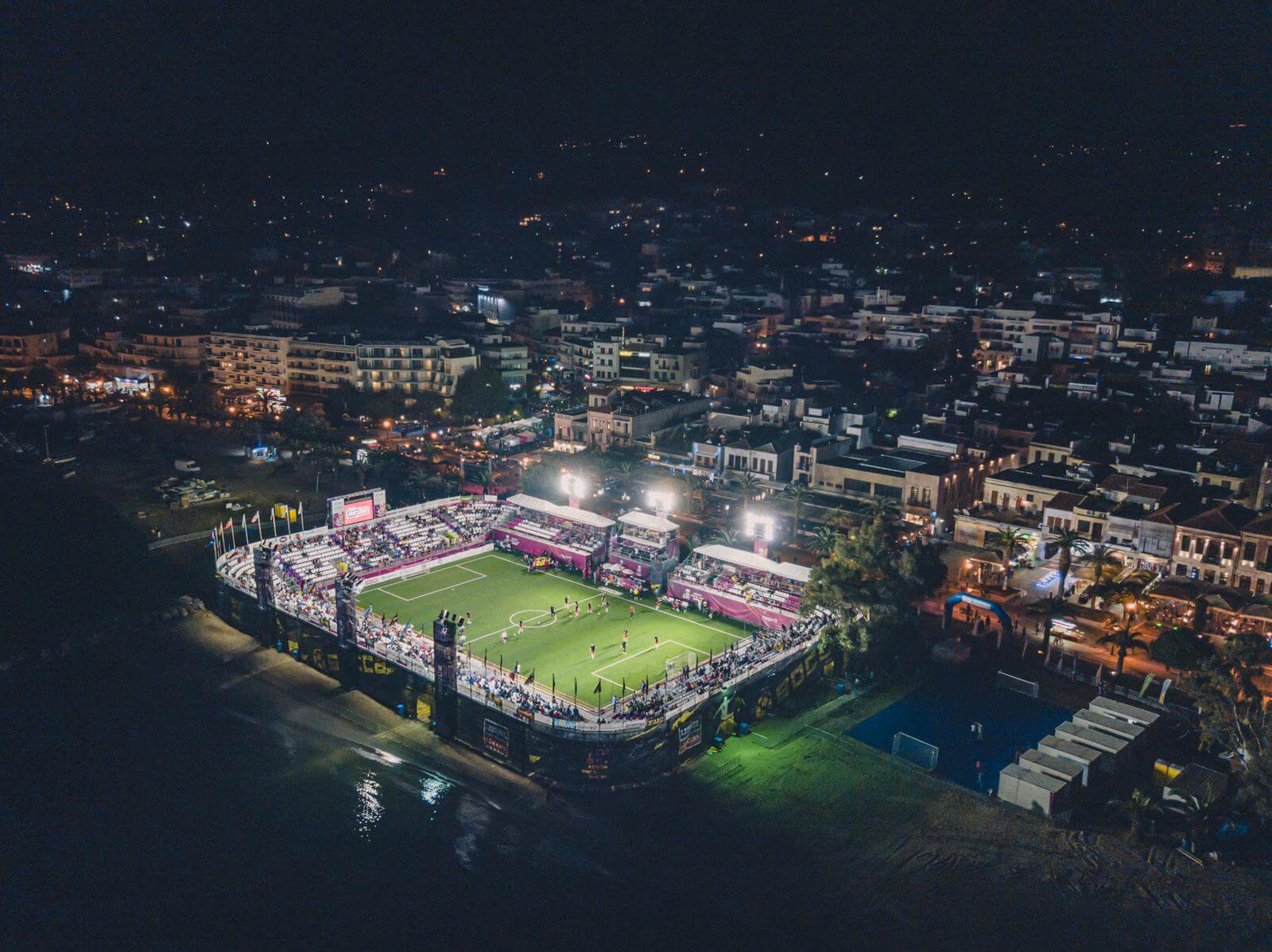
3. The Squad
3.1. Each squad consists of a minimum of 10 and a maximum of 15 players and tournament participants must be aged 16 or over.
3.2. Each player must be a citizen or permanent resident, or who has applied for citizenship, or has done everything necessary to prove their intention to become a citizen of the country which they are representing. The permanent resident should be the exception, not a majority within teams. Evidence should be provided to the tournament director if asked. If it is found that a player has represented a country that he is not a citizen or permanent resident of, then sanctions shall be imposed by ISF as set out in the sanctions. The Tournament Director has overall jurisdiction over this.
3.3. The spirit of the game of Socca, and it’s players is amateur, if the participation (or proposed participation) of a particular player or players (by virtue of financial gain, irregularity or otherwise) has rendered or would render, in the view of ISF, a match or matches in a tournament or competition to be:
- i. Outside the spirit of such tournament or competition; and/or
- ii. Damaging or prejudicial to such tournament or competition; and/or
- iii. Damaging or prejudicial to the ISF, its reputation, or its aims or objectives
then ISF has the right and power to impose any sanctions upon the relevant player, players, team, country or association from the range of sanctions.
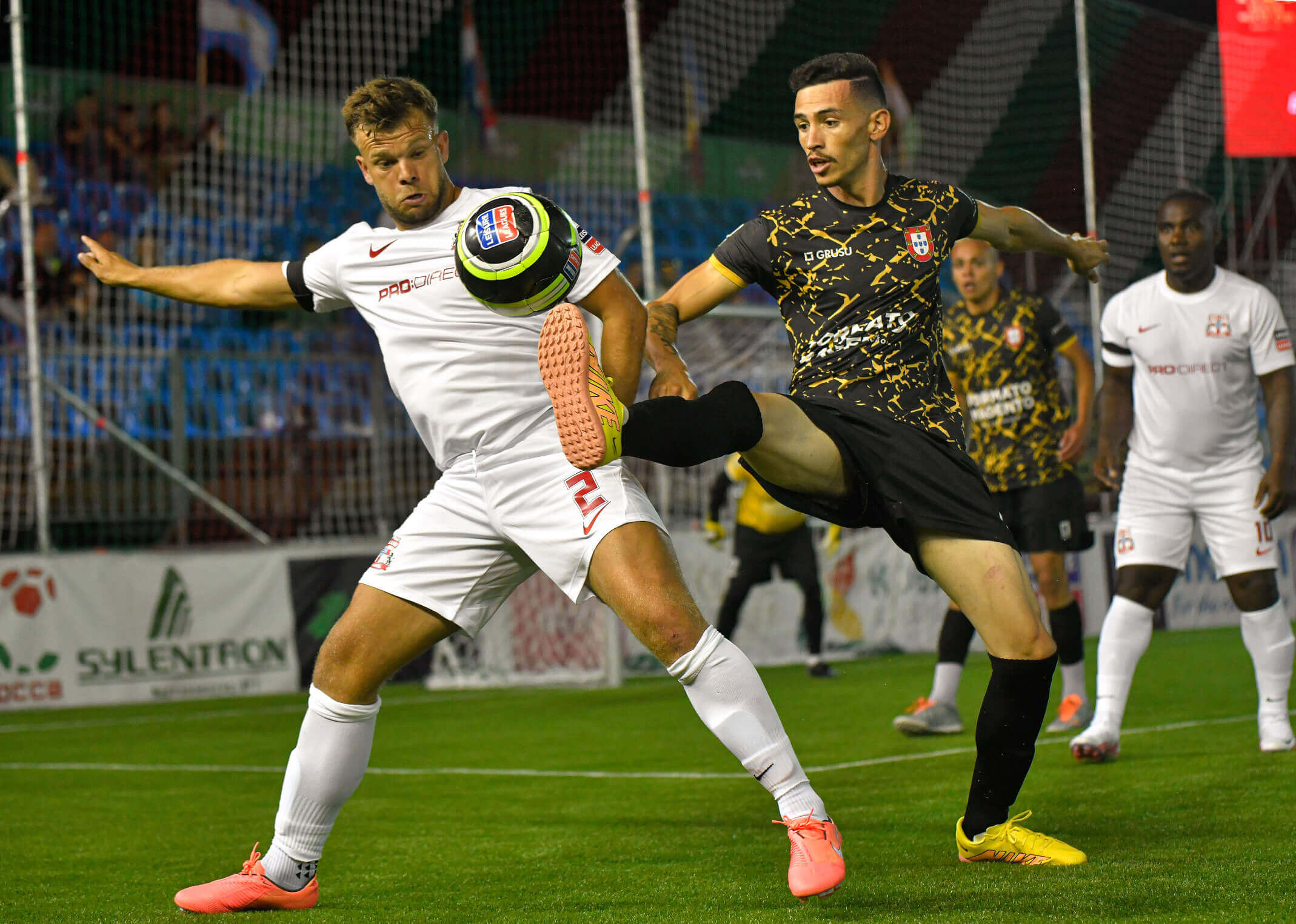
3.4. The national organisation must register up to a maximum of 15 players plus coaches, managers and team officials to the ISF prior to each International Tournament.
3.5. The registration of a team is finalised once an official representative for the team has signed their team list. No further changes can be made to the team once the signature has been added to the team list. By signing the official team list the official representative also confirms that the details provided are all accurate and true.
3.6. At registration the national organisation will be given a date and a venue for a pre-tournament meeting. Attendance at this meeting is expected where the rules of the tournament will be discussed and any questions and clarifications will be answered.
4. Team clothing and equipment
4.1. Each national team must have a minimum of 2 kits of different colours (home and away) consisting of jersey, shorts and socks and must notify the Tournament Director of their kit colours prior to the start of the tournament.
4.2. The goalkeeper’s kit must be a different colour to the kit of the field players and match referees.
4.3. The Tournament Director will announce the colours that each team must wear not less than five hours before any fixture.
4.4. For safety reasons, it is recommended that players wear shoes with (turf) studs. Shoes with metal studs are prohibited.
4.5. It is compulsory that shin pads are worn by all players.
4.6. All team staff members that are in the technical zone during the match must wear clothing that matches the general design of their team and should display the official tournament accreditation.
4.7. All shirts must be clearly numbered on the back. The height of the font is to be no less than 170mm.
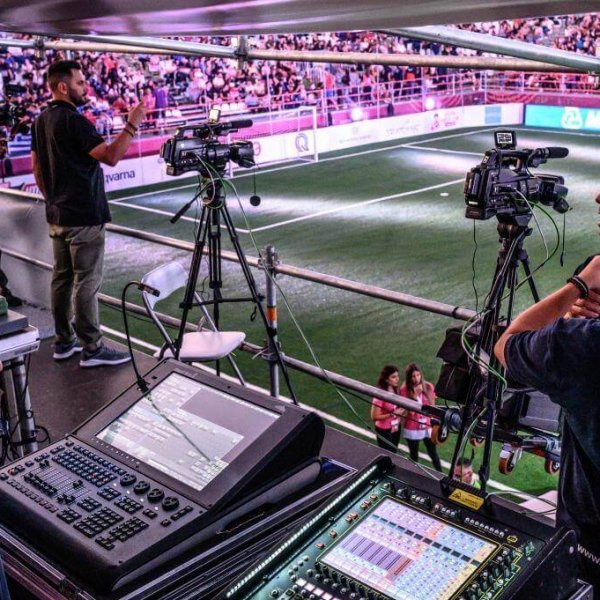
4.8. For International Competitions every player should have their surnames (not first names) on the rear of their shirt above the number, to assist the commentators in identifying players for TV purposes. Teams who are unable to fulfil this requirement should seek authorisation and guidance from ISF. Penalty for non compliance is forfeiture of the match.
4.9. The ISF Logo must be printed on the right sleeve of each player’s jersey. The correct logo file will be supplied to each team by ISF.
4.10. The shirt number worn by a player must be the same number as listed on the Team Sheet.
4.11. If a player removes their playing shirt to reveal offensive, political or religious messages then he may be sanctioned during or after the match. Sanctions can include Red or Yellow Cards and a match ban.
5. The field of play
5.1. The playing surface is artificial turf & may display a sponsor logo at the discretion of the ISF.
5.2. The maximum field of play is 60 metres x 35 metres. (However, the field of play may be smaller than this, depending on the specifications of the location of the Socca World Cup.) The Penalty area should be 6m (Width), 7m (depth) and 12m (length)
5.3. Pitch markings:
- i. The sidelines are marked with a white line.
- ii. The field is divided into two halves by a white middle line.
- iii. Surrounding each goal is a box, marked by white lines, known as the goalkeeper’s box.
5.4. The goals will be 4m x 2m in size, and located in the middle of each shorter side of the pitch. The posts finish flush with the sideline. Advertisements are permitted on the goalposts, crossbar and nets if agreed by the Tournament Director.
5.5. The Socca Penalty spot is positioned in the centre of the pitch on the half way line.
5.6. Where there are conditions of limited visibility (e.g. after sunset) floodlighting will be used.
6. The match ball
6.1. The match ball size is 5.
6.2. The match ball must have the ISF Logo engraved on it.
6.3. The match ball may have a sponsor logo engraved on it
6.4. If the match ball fails to meet the above requirements the match must be stopped and a replacement ball to be sent onto the field of play.
6.5. The match referees have responsibility for the balls during the match.
6.6. The Tournament Director has overall discretion over the usage of footballs during a competition.
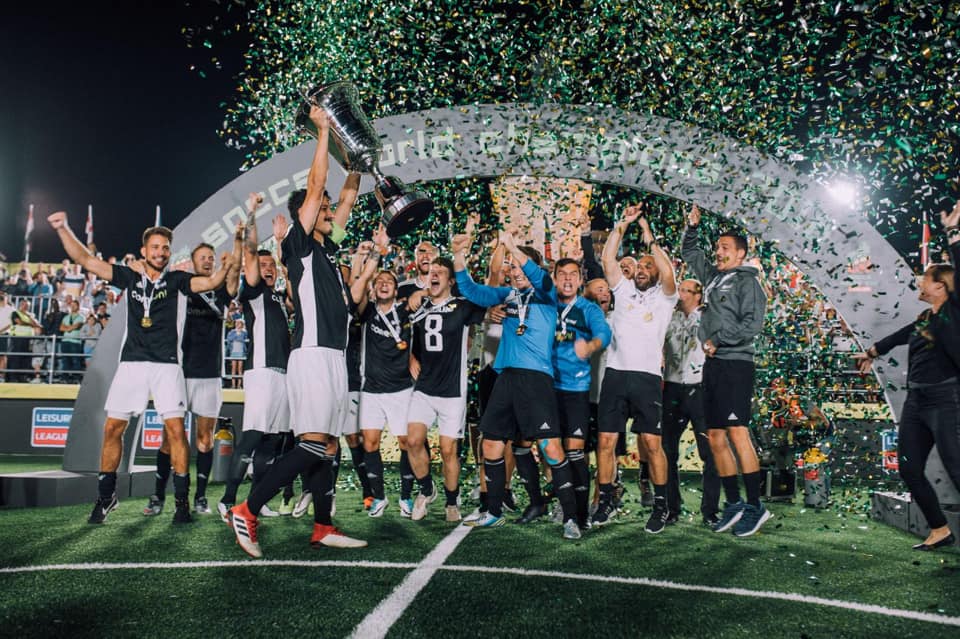
7. The match
7.1. The standard match time for Socca competitions is 30 minutes (two halves of 15 minutes each), unless otherwise agreed for individual tournaments by the Tournament Director. The agreed match time for the 2023 World Cup is 40 minutes (two halves of 20 minutes each).
7.2. The two halves are divided by a 5 minute break.
7.3. During half time the playing teams must leave the field and congregate within the technical zone.
7.4. The match referee is the sole timekeeper.
7.5. The Tournament Director shall decide which team sits on which bench for each game.
7.6. For international tournaments conducted by the ISF, no team shall be allowed to take their countries’ flag on to the pitch prior to the match and place either on the pitch or within the players persona. The match referee is responsible for ensuring this rule is upheld at all times.
7.7. There is no offside rule in any ISF matches.
7.8. During half time players may not leave the pitch area (e.g. to visit the changing rooms), unless in a medical emergency.
7.9. The goalkeeper may be taken out of the match and substituted for another outfield player (a ‘fly goalkeeper‘) at any point in the match. The fly goalkeeper must, however, wear an official Socca bib, provided by the match referees, as designation of a fly goalkeeper. The designated ‘fly goalkeeper’ is not allowed to touch the ball with his feet within his own half, with the exception of in his own penalty area.
7.10. If a match is drawn at full time during the knockout stages of a tournament, a ‘Socca Penalty‘ shoot out will take place, as follows:
- i. The first three penalty takers from each team are identified
- ii. Penalty takers can be selected in any order, and may include a goalkeeper.
- iii. Each team takes alternate turns to take a Socca Penalty.
- iv. To start, the ball is positioned on the centre spot. The penalty taker must dribble the ball towards the goal and has 10 seconds to shoot. The player may shoot from any position on the pitch. One member of the defending team, guarding the goal, may also move to any position on the pitch.
- v. The penalty is over when:
- a.The ball enters the goal (result = goal)
- b.The goalkeeper fouls the player (result =goal)
- c.The ball leaves the field of play (result = no goal)
- d.The penalty taker fouls the goalkeeper (result = no goal)
- e.The 10 second period finishes without the above taking place (result = no goal)
- v. The goalkeeper can be changed during the shoot out for any named player in the squad.
- vi. If, after each team has taken three penalties, the result is drawn, then the shoot out continues to sudden death, with each team taking alternate penalties until one team has a higher score after taking the same amount of penalties.
- vii. Each penalty taker must be a different member of the named squad, until the end of the roster is reached, excluding any suspended player.
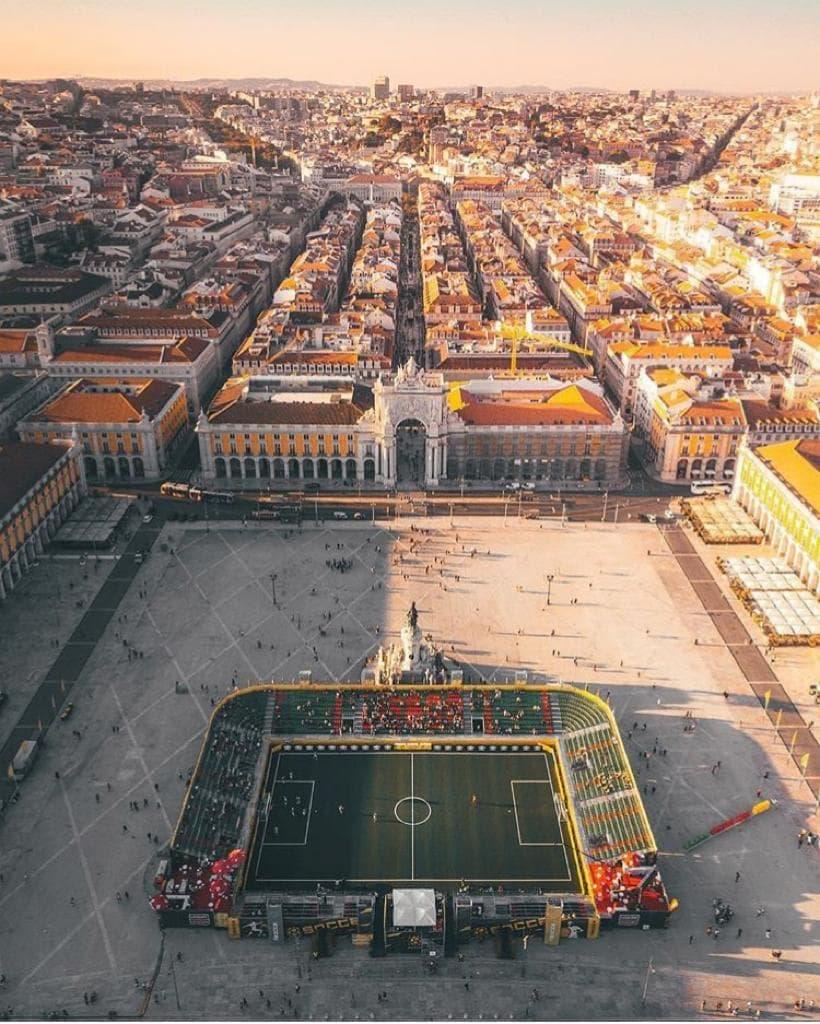
8. World Cup Structure
8.1. The World Cup fixtures are created by the tournament director. No friendlies matches or other matches can take place without the prior consent of the tournament director.
8.2. In the group stage teams will be divided into groups of three, four, five or six teams.
8.3. The team’s position within its group shall be determined in the following order:-
- a. Points achieved.
- b. Goal difference, based on all group matches.
- c. Goals for (the team with more goals for) based on all group matches.
- d. Direct comparison (result of head-to-head match).
- e. Disciplinary record of teams based on all group matches.
- f. World Rankings.
- g. Coin toss administered by the Tournament Director and R1.
8.4. The winner and runner up of each group shall qualify for the knock-out stages. In the case of an odd number of teams in the tournament, best 3rd place teams may also qualify, at the discretion of the Tournament Director.
9. referees
9.1. The match will be supervised by 3 match referees who will, on availability, wear a headset to communicate with each other during the match. ISF have the authority to increase or decrease the number of referees appointed per match.
9.2. The first referee (R1) operates on the field during play, and is positioned on the opposite side of the pitch to the official’s desk and technical zone. He/she is the head of the match, and uses the advice from the other referees to make final decisions on incidents, and can overrule other referees as he or she sees fit. R1 is solely responsible for the duration of the match.
9.3. The second referee (R2) also operates on the field during play and is positioned on the same side of the pitch as the official’s desk and technical zone.
9.4. The third referee (R3) acts an assistant to R1 and R2 and is positioned at the middle line on the same side of the pitch as the official’s desk and technical zone. R3 controls substitutions (including sin bins and red cards) and monitors the behaviour of the players and staff in the technical zone.
9.5. R3 assists the other referees by recording all match information, including scores, red and yellow cards and any other incidents in the match report and giving information to players, if necessary.
9.6. The Head of Referees are responsible for supervising the work of referees, answering any questions surrounding referee conduct and may appoint or suspend referees as he or she considers appropriate. The Head of Referees may not discuss incidents or video footage with teams after the matches.
9.7. The referees officiating each match will not be of the same nationality as the two competing teams nor a team in the same group.
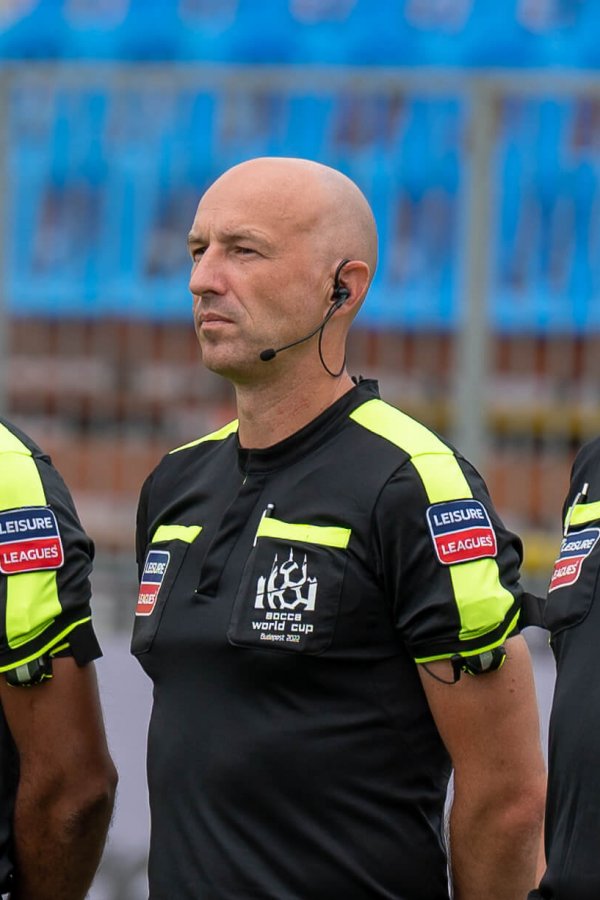
10. technical zone
10.1. The technical zone is a designated space, adjacent to the pitch and on the same side as the official’s desk, for the team members and officials to convene immediately before, during and after their match. Teams may not access the technical zone until the previous match has ended and must vacate the area swiftly once their own match has ended to allow access for the following team.
10.2. The choice of team bench/ technical zone designation is pre-determined by ISF. Teams stay in the same designated end of the technical zone for the duration of the match and do not change at half time.
10.3. A person is only authorised in the technical zone if they fulfill all of the below criteria:
- i. they hold a position related to the playing team as team staff.
- ii. they have a valid tournament accreditation.
- iii. they behave in an appropriate way.
The referees reserve the right to expel any person from the TZ if they do not meet the required criteria.
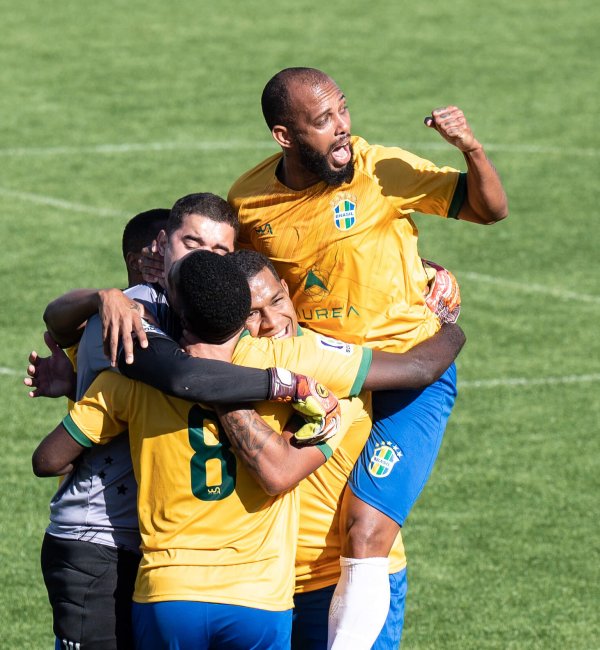
10.4 60 minutes before the match, each team must provide the Tournament Director with a list of all team personnel (maximum 14 persons at any one time) who will be in the Techincal Zone during the match. This may include:
- i. Up to nine substitutes
- ii. Up to five team staff (including coach, team manager, assistant manager, physiotherapist.)
10.5. Aside from the coach (and assistant coach, if applicable) every person in the technical zone must be seated during the match, unless a certain task dictates otherwise (such as a physiotherapist attending to a player).
10.6. During the match, team members must remain within the technical zone, as defined by the Tournament Director or Head of Referees. All players in the technical zone must wear coloured bibs or some other form of clothing to differentiate them from the players on the field, at the sole discretion of the Tournament Director.
10.7. The third referee (R3) will monitor behaviour within the technical zone and may sanction teams or players for poor behaviour, including ordering players to leave the playing area and technical zone.
10.8. Only one designated representative per team shall communicate with the third referee (R3) and the communication must be from the techincal zone. The name of this person must be supplied to the Tournament Director prior to each match.
10.9. If a representative from the technical zone, whether authorised or not, berates, harrasses or could cause the third referee, or any of the referees, to become distracted, then that individual shall receive an automatic red card and this will mean that the individual who receives the red card will need to remove themselves from the technical zone and may not return for the remainder of the match. If the individual does not do this immediately then the referees are instructed to stop play, abandon the match, and award the match to the opposing side.
10.10. The referees have the authority, if they so wish, to order any individual who receives a red card, either within a team or as part of a team’s management, to leave the stadium entirely. Should that individual attempt to return to the stadium before the match has ended then the team will be sanctioned by the Disciplinary Committee.
10.11. Team staff, such as photographers, media staff or ISF members, are only authorised access to the technical zone for their own team’s The Tournament Director and referees are instructed to remove any individuals from the technical zone who are not ISF staff and are not connected to the team(s) in play. In the same way, only ISF staff are authorised in the technical zone during the ceremonies and any team staff attempting to positioned theirselves in the technical zone during the ceremonies will be asked to leave.
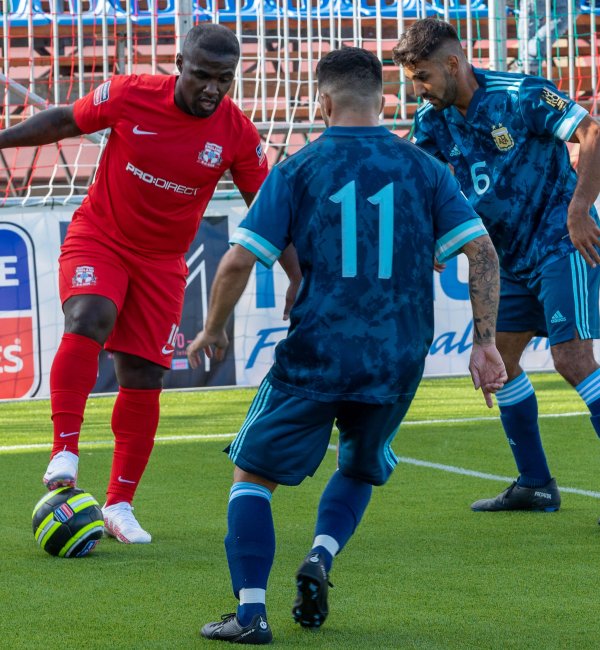
11. Match rules
11.1 All opposition players must be a distance of 6 meters from the ball at any restart (such as a goal kick, free kick).
11.2. All free kicks are direct. Goals can be scored direct from a goal kick, kick in and kick off.
11.3. There are no indirect free kicks in ISF matches, including offences committed inside the goalkeeper’s box. Any offence committed inside the goalkeeper’s box by the defending team will result in a Socca penalty kick against the defending team.
11.4. A kick-in is awarded to the team which did not last touch the ball, when the ball leaves the field of play over any of the side lines. The ball must be placed on the ground stationary on or before the side line at the place where it went out. Kick ins are permitted to go above head height. Except for goal kicks where it can be placed anywhere inside the goal area.
11.5. A drop ball will be used to restart the match after a temporary stoppage, such as a serious injury, the ball deflating or being damaged or the ball hitting an object that is not part of the field of play.
11.6. If an incident occurs inside goalkeeper’s box that requires a drop ball as the restart then the drop ball occurs on the edge of the goalkeeper’s box nearest to where the incident occurred.
11.7. Slide tackling against or next to an opponent is always considered a foul. A player can not challenge a player with a sliding challenge/tackle within 1 meter of the player in possession of the ball.
11.8. Slide tackling to prevent the ball from going out of play or into the goal is allowed when there are no nearby opponents.
11.9. Screening is when a player tries to delay or prevent an opponent who is not in possession of the ball from reaching a desired position on the pitch.
Screening will be classed as legal providing the player who sets up the screen:
- i. Stands completely still (inside his cylinder with his hands to the body) when ‘contact’ is made.
- ii. The player has both feet on the turf and does not move when ‘contact’ is m
Screening will be classed as obstruction, and therefore a foul will be awarded to the defending team, when the player who sets up the screen:
- i. Moves when contact is made.
- ii. Uses his hands in contact e.g. grabs the opponent, enlarges his natural body shape.
- iii. Pushes the opponent with his hands or body to change the players normal running path.
11.10. Substitutions are unlimited and may occur at any time during play, under the observation of the referee positioned at the halfway line. The exiting player must have left the playing area before the substitute player crosses the side line. If a player is injured they may leave the field from another point, but the player replacing them must enter at the halfway line upon authorisation of the referee.
11.11. The player being replaced must immediately put on the substitutes bib supplied and return to the technical zone.
11.12. A goalkeeper, whether primary or flying, may only touch the ball within his own penalty area or in the opponents half. Intentionally touching the ball with his feet (e.g. receiving or playing a pass, blocking a shot, taking a kick in) elsewhere on the pitch (e.g. his own half but outside his own area) will result in a free kick being awarded to the opposition under normal circumstances, but a free kick and yellow card can be awarded at the referees discretion under exceptional circumstances (e.g. preventing a goalscoring opportunity.)
11.13. All penalty kicks during normal time will be a ‘Socca Penalty’.
To start, the ball is positioned on the centre spot and a designated penalty taker must make himself aware to the referee. The remaining players from both teams must be positioned in the non-penalty half of the pitch and are not permitted to enter the other half for the duration (10 seconds) of the penalty kick.
The penalty kick taker must dribble the ball towards the goal and has 10 seconds to shoot. The player may shoot from any position on the pitch. The defending team goalkeeper may also move to any position on the pitch and, for the duration of the Socca Penalty only, may touch the ball with his feet in his half outside of the penalty area.
The penalty is over when:
- i. The ball enters the goal (result = goal, normal restart)
- ii. The goalkeeper fouls the player (result = goal, normal restart)
- iii. The ball leaves the field of play (result = no goal, goalkeepers ball.)
- iv. The penalty taker fouls the goalkeeper (result = no goal, goalkeepers ball)
- v. The 10 second period finishes without any of the above taking place (result = no goal, goalkeepers ball.)
12. discipline
12.1. The ISF believes in the absolute authority of the referees. In the final instance any referee on the pitch may take any action he or she deems necessary in order to ensure that the on field players, and all those in the technical zone, act and behave appropriately. Allied to this, the following rules shall be enforced.
12.2. A yellow card is an automatic sin bin offence (2 minutes) and can be provided to either a player, coach, manager or official of the team. A replacement player is NOT allowed to replace the sin binned player for the duration of the punishment.
12.3. If a second yellow card is shown to any individual then that automatically translates to a red card and that player, coach, manager or official is banned for the remainder of the match.
12.4. If a player, coach, manager or official receives a yellow card in two different matches he is banned from the next match. The ban will apply at all stages of the tournament up to the semi-final (e.g. a ban in the group stages also applies to the knockout rounds).
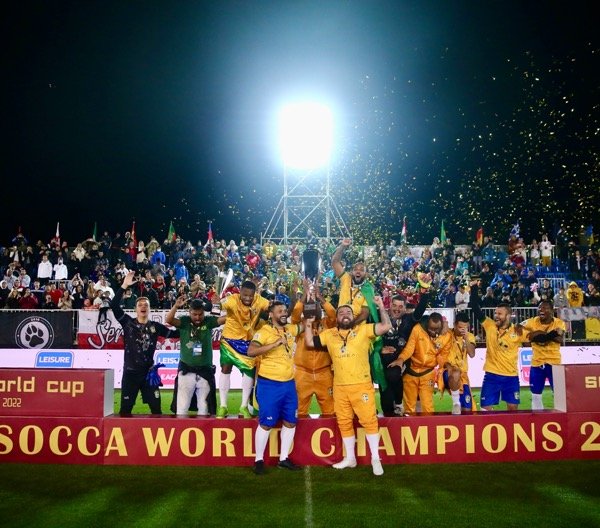
12.5. The referees are encouraged to deliver immediate red cards should either their authority be challenged in any way, or they feel a team is not playing in the correct sportsmanlike spirit.
12.6. If a player, coach, manager or official receives a red card they are banned from the following match, and the Tournament Director may extend the duration of the ban at his/her own discretion.
12.7. A person who receives a red card has to leave the technical zone (and stadium, if requested) and may not re-enter at any point during or immediately after the match.
12.8. A referee can decide to give a 2 minute penalty (“sin bin“) to any player, at any time, during the match. Examples of instances where this might be applicable would be (non-exhaustively) being abusive or swearing at a Referee, or in relation to an official, single bad fouls, or persistent fouling.
12.9. The match referees are the sole timekeeper of the two minutes sin bin and the match referees have the authority to increase the duration of the sin bin should they be unnecessarily pressurised by either the player or the team or members of the technical zone in the timing of the two minutes period.
12.10. If a player is abusive or swears at a Referee, or the Referee feels intimidated in any way, he should give a player an immediate red card.
12.11. The Referee will move a free kick forward by 5 metres if there is dissent towards him/her and may repeat such sanction and continue to move the ball forward in increments of five metres as he or she sees fit. If, by moving the free kick 5 metres forward, the offence is in the penalty area then a penalty shall be awarded. The intention of this is to eliminate dissent towards a referee completely.
12.12. If a coach or manager receives an immediate red card then the team will play with one less player for the remainder of the match.
12.13. If a player, coach, manager or official does not retreat to the distance required of him by a match referee after a foul or is abusive to a match referee then the official has authority to move the ball and the free kick a further 5 metres, and can repeat such sanction as he or she sees fit.
12.14. If moving the ball forward 5 metres results in the ball being moved inside the penalty area, then the referee may award a Socca Penalty.
12.15. The Tournament Director has the authority to increase the length of any suspension of any player, coach, manager or official for any reason during the tournament.
13. abandoned or cancelled matches
13.1. If a match is abandoned or cancelled at any point during the match, play will restart at the point at which the match was abandoned and the score will start the same.
13.2. In the case of floodlight failure the match will be suspended and play restarted with the time and score the same as when play was suspended. If the ball was in play when play was suspended then the match will restart with a drop ball on the centre spot.
13.3. If a match is abandoned or cancelled at any point because of the behaviour of a particular player or team then the Tournament Director can unilaterally decide to award the match and decide the score to whichever team the Tournament Director considers is appropriate.
13.4. The Tournament Director has the authority to exclude any player, coach, manager or member of a team, for howsoever long the Tournament Director decides, including for the duration of the tournament, should it be necessary.
13.5. In all circumstances, the decision of the Tournament Director is final.

